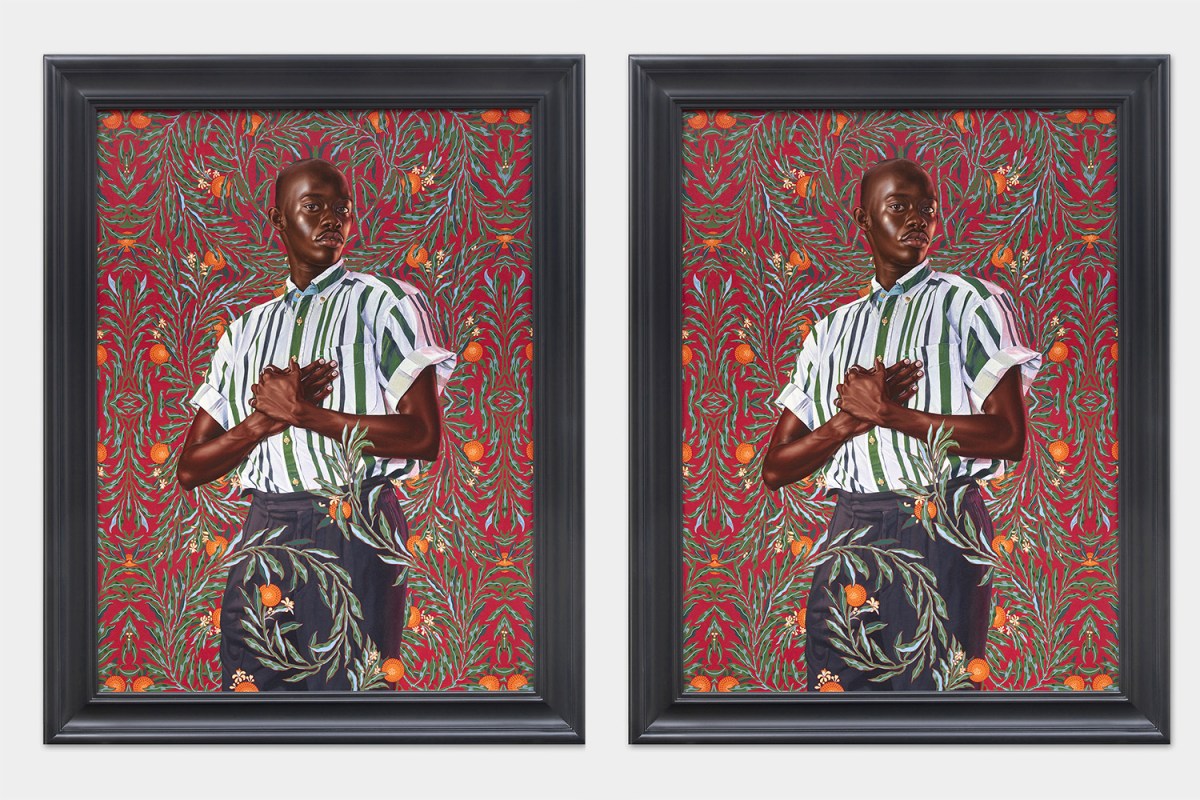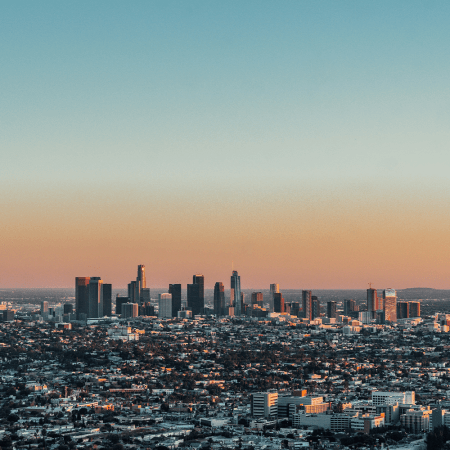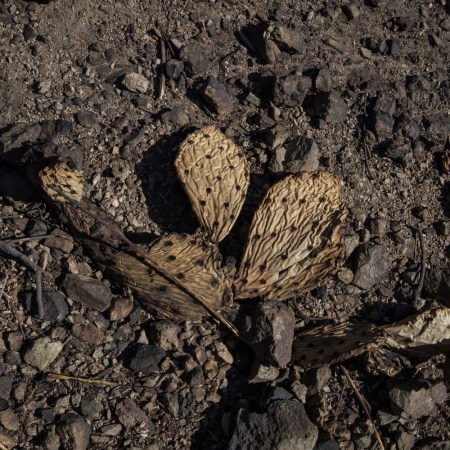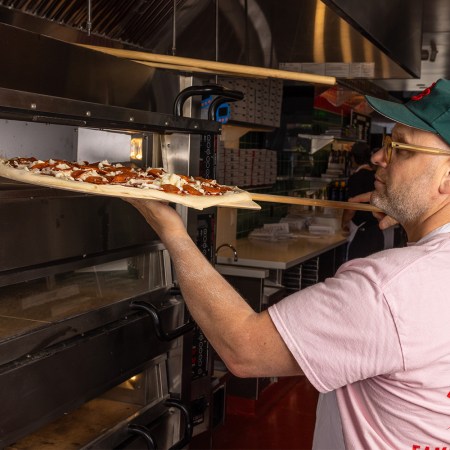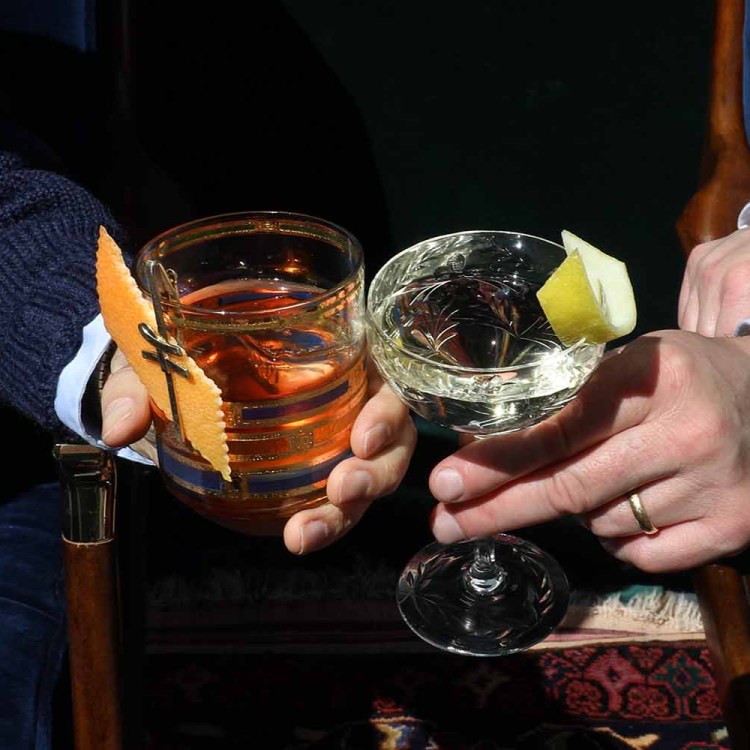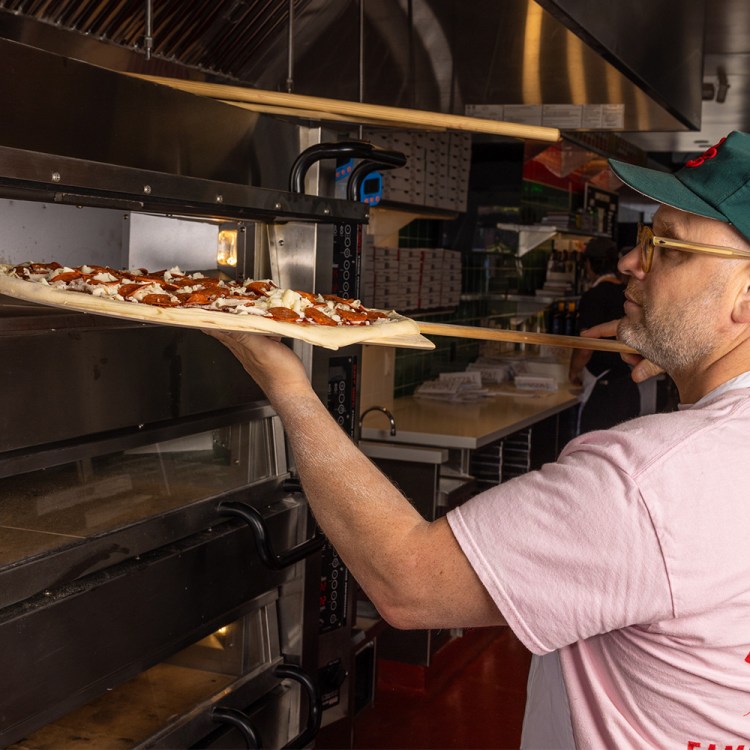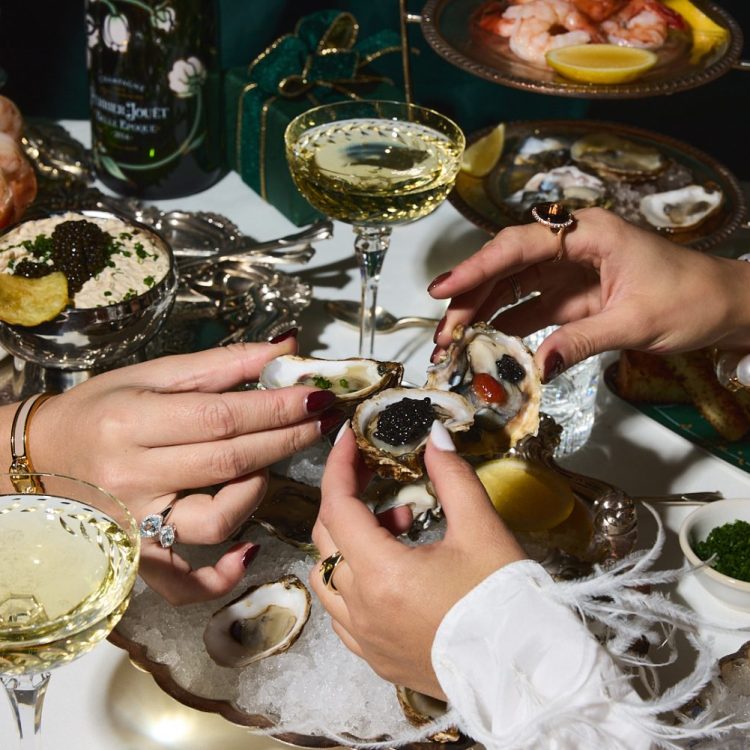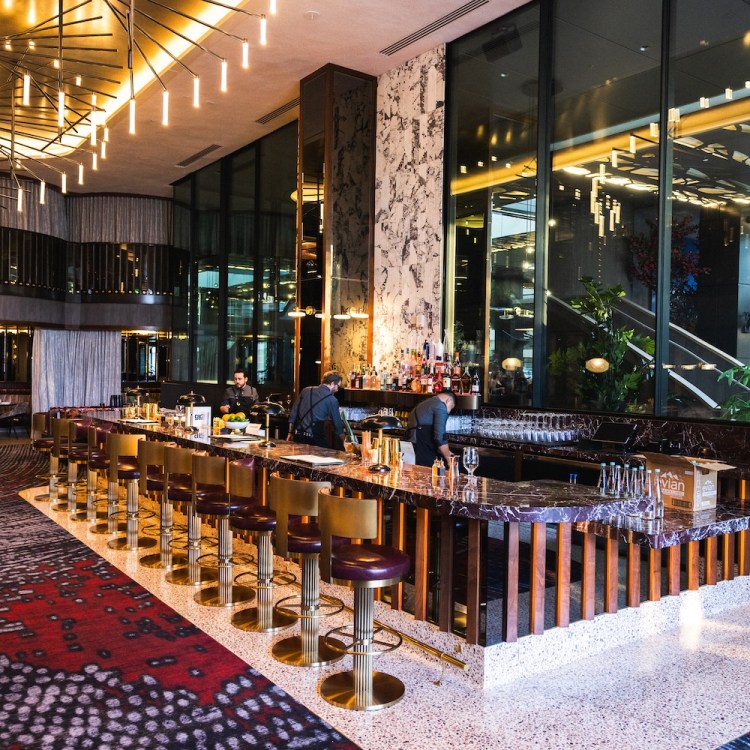This story is an exclusive sneak peek of Wondercade, the new newsletter from Neil Patrick Harris produced in partnership with InsideHook Studios. You can sign up — for free — to receive it right here.
As the co-founder of Culver City’s Roberts Projects, Bennett Roberts represents some of the most in-demand artists in the world, including Kehinde Wiley, Ghanaian sensation Amoako Boafo, and iconic sculptor Betye Saar.
Few people know more about the ins and outs of collecting art — a rarefied preoccupation that is no longer the sole province of the wealthy and well-connected: Anyone, Roberts says, willing to do some research and some dedicated sleuthing — on social media and local art spaces — can pick up the trail for exciting new artists (ideally, just before they, and their valuations, go stratospheric). “Most people don’t do it because it does take some due diligence,” he says. “All the most successful art collectors are the most passionate, and the most curious. Curiosity and passion make the greatest collectors.”
Wondering if you’ve got what it takes to discover the next big artist? Read below for some advice on how to do it.
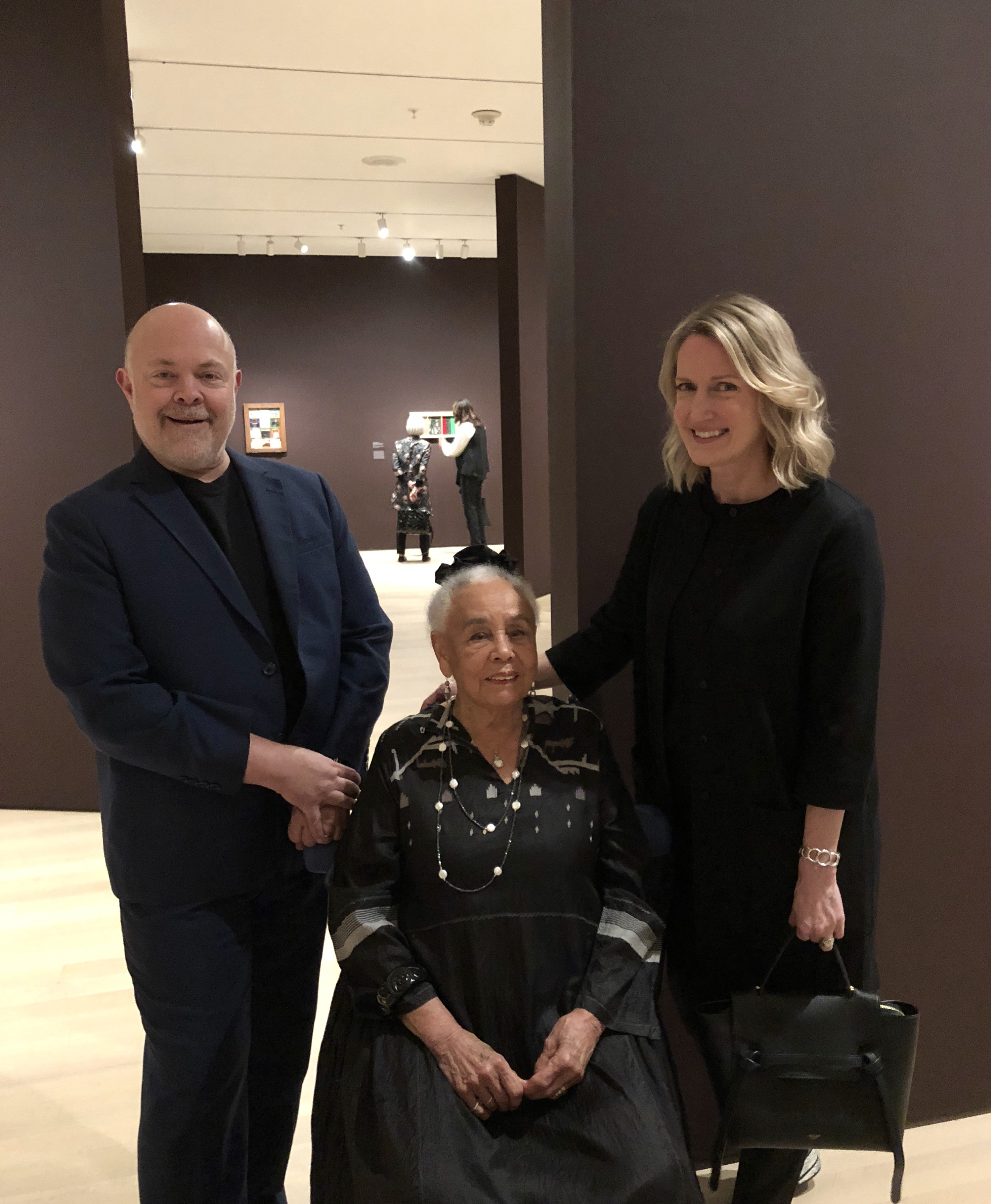
InsideHook: For would-be collectors who are intimidated by the art world, how would you tell them to approach that world with confidence?
Bennett Roberts: All galleries are free to the public. They might seem intimidating because you’re walking into this big, white space and maybe there’s a person sitting there who doesn’t look up. But the galleries are actually there for you — they want people coming in. Buyers only make up 10% of the gallery’s visitors. It’s not enough people. And artists really love for people to come and see their art. They don’t care if someone’s buying their work. The more people participate in art — visiting museums, galleries, and alternatives spaces, the more the lifeblood of the art world gets stronger.
You can see it as a responsibility, the responsibility of someone who’s interested in culture: “I’m going to go visit these galleries, and see what I like there.” Don’t be intimidated. No one will ask you to leave.
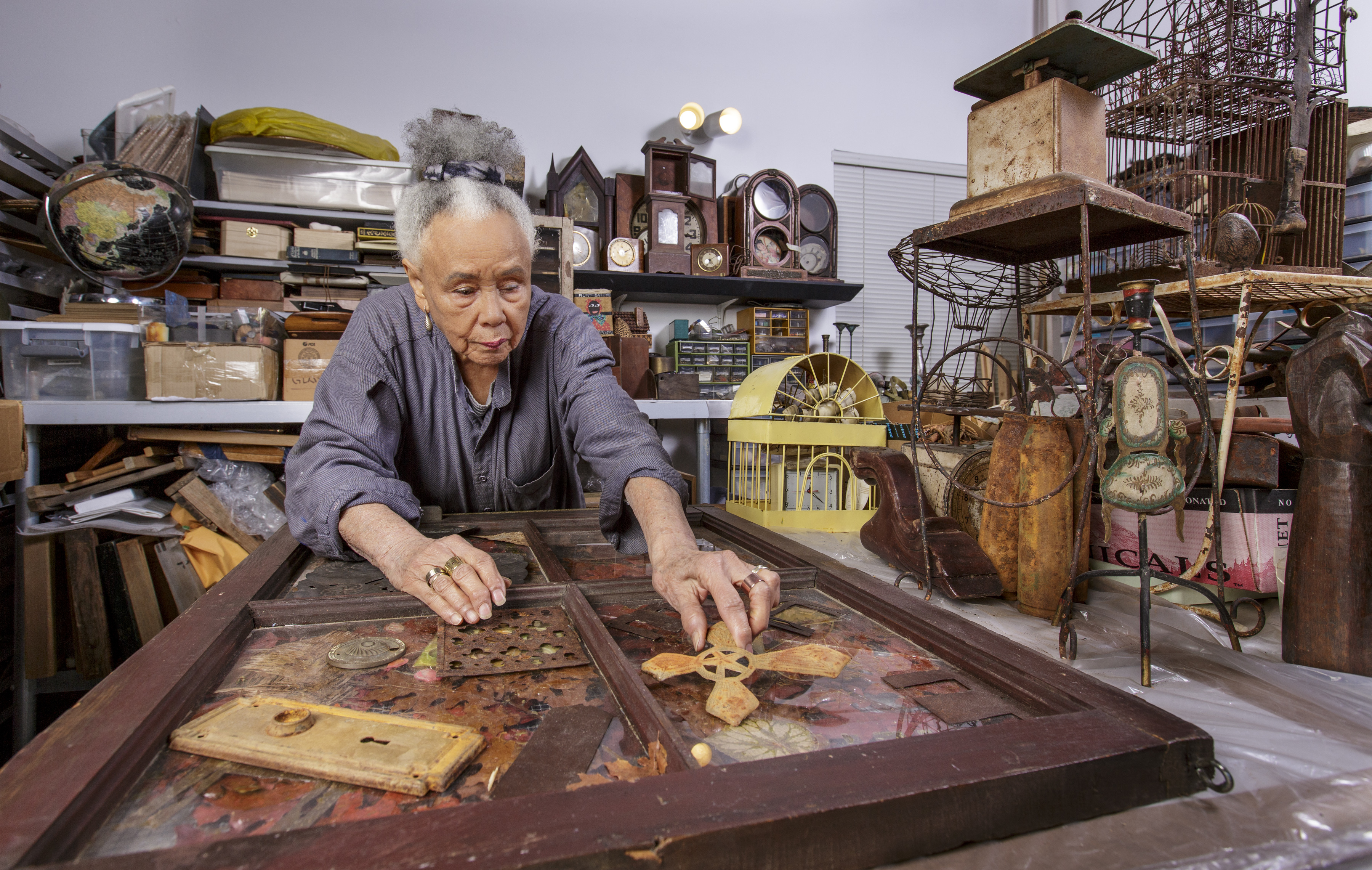
Part of the answer to this question is Google, but do you have any resources or strategies for city dwellers trying to figure out what the hot galleries are?
These days are very different from the old days. You can do a lot of reconnaissance from your office or your computer. There’s Artsy, which always covers different cities and shares the best 10 shows [there]. Artforum.com, too — you can decide which galleries, of the ones that they’re recommending, are exhibiting things you like and go there.
I do the same thing. After 35 years in the business, I do it the same way — searching around, seeing what shows are up at which gallery, and figuring out what it is that we might want to support or acquire.
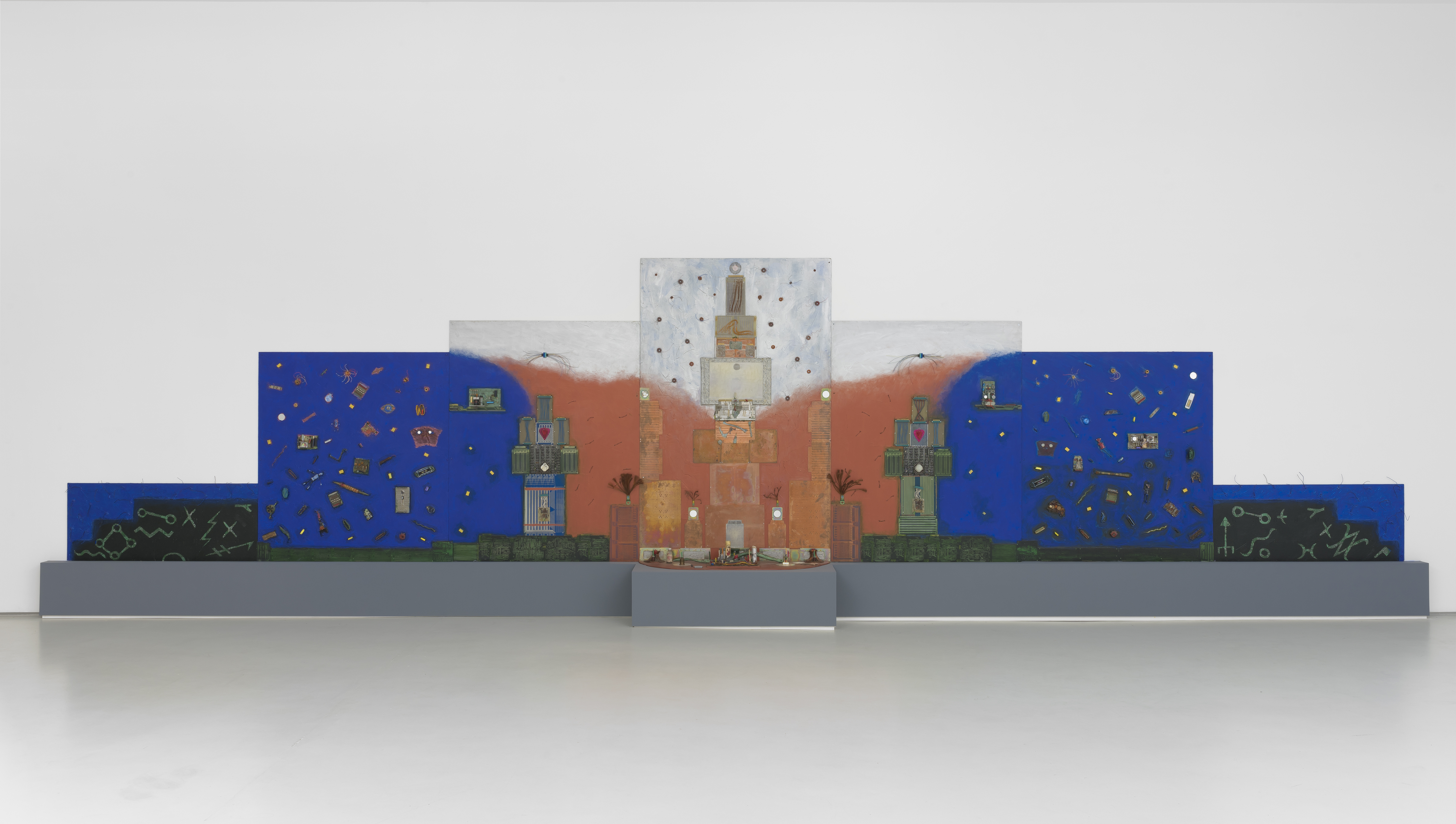
Is there a difference between the mindset required to invest and the mindset required to collect?
I think everyone wants something to become worth something. No one wants their money to become nothing. But with art, you need to start learning and just buying things.
I would never tell someone to start with “investing” unless they have a million dollars and want to go to the auction house and buy a small Picasso drawing, or whatever it happens to be. That’s already an asset class. What we’re talking about is really mining for great work before the world knows it’s great.
Two-part question: What is hot right now? And what are the hazards of chasing after hot work by hot artists?
The problem is, if it’s hot and you haven’t supported that gallery with that hot artist before, the odds are not very good that you’ll even be able to buy it.
The second problem is, the price is already boosted beyond average prices. If someone has unlimited money, there’s a chance.
What people need to understand is that the art business is all about relationships. I actually think a newer collector shouldn’t worry about that at all. They have to do their due diligence, meaning looking at the galleries they like. Hopefully there’s a gallery that made you like one of their artists that isn’t so hot yet. An artist who’s still reasonably priced. And then, at a certain point, you have to pull the trigger. There’s never a wrong choice in acquiring a piece of art, because it teaches you something about your stuff.
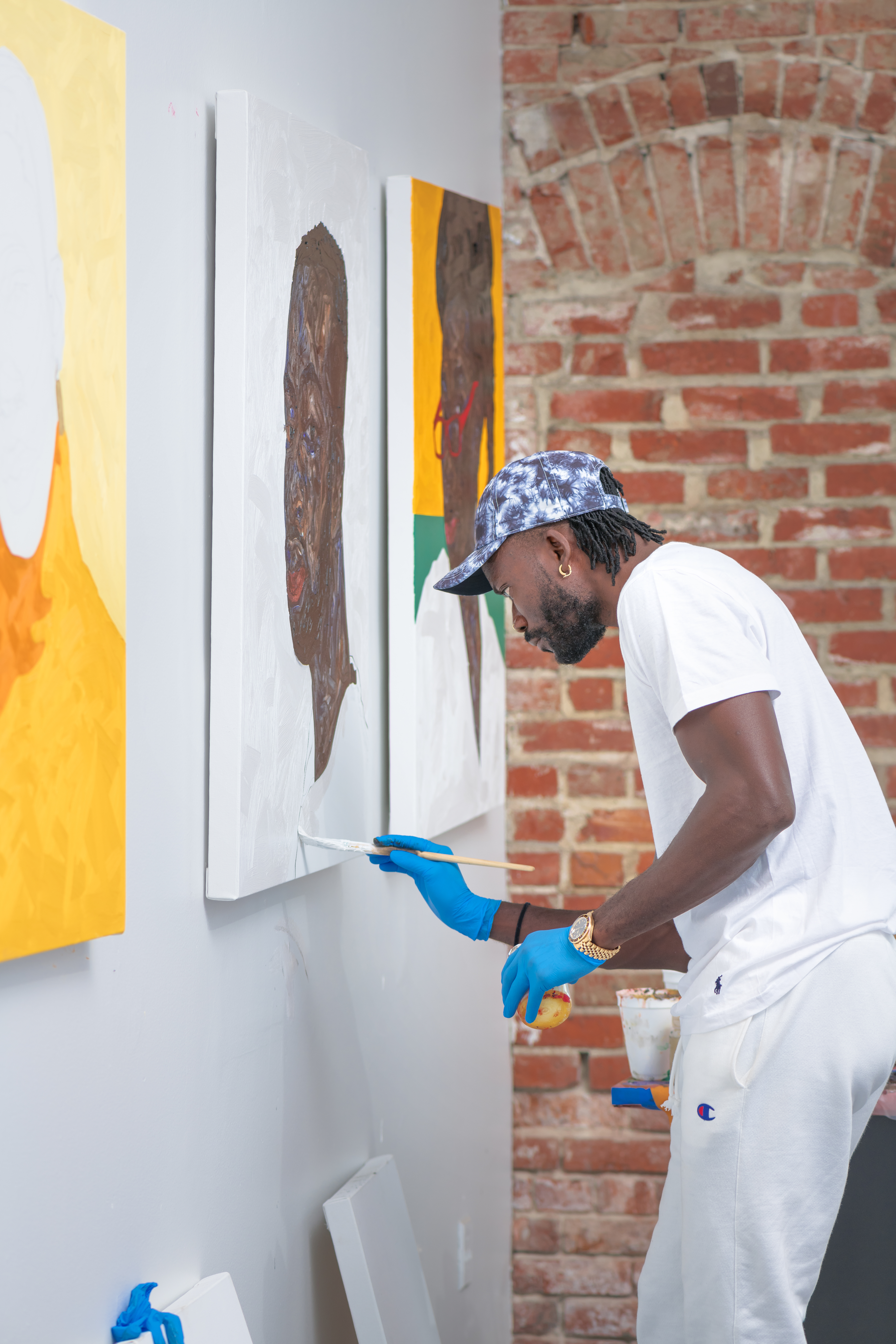
Are there places, styles, media that feel super interesting to you right now?
This started maybe 20 years ago, but [there are] very strong artists of color. African-American artists, female artists, Latino artists. No one’s being kept out of the picture. And a collector can say, “You know what? I want to support a group that has not been supported in the past.”
It’s also a way someone can find some hook that can help. You can say, I only want to collect portraits, or abstraction. You can always broaden out later. But if you say, “I’m going to find some art that I like,” and you don’t have any parameters — there’s just so many good things, and different things, that it becomes very difficult to say, “I’m gonna take a chance on this.”
You really can buy something with just $1000 or $1500. You can walk into some of the best galleries — maybe not Pace or David Zwirner, but really solid galleries — and say, “I have $3000 to spend. What options would I have at your gallery?”
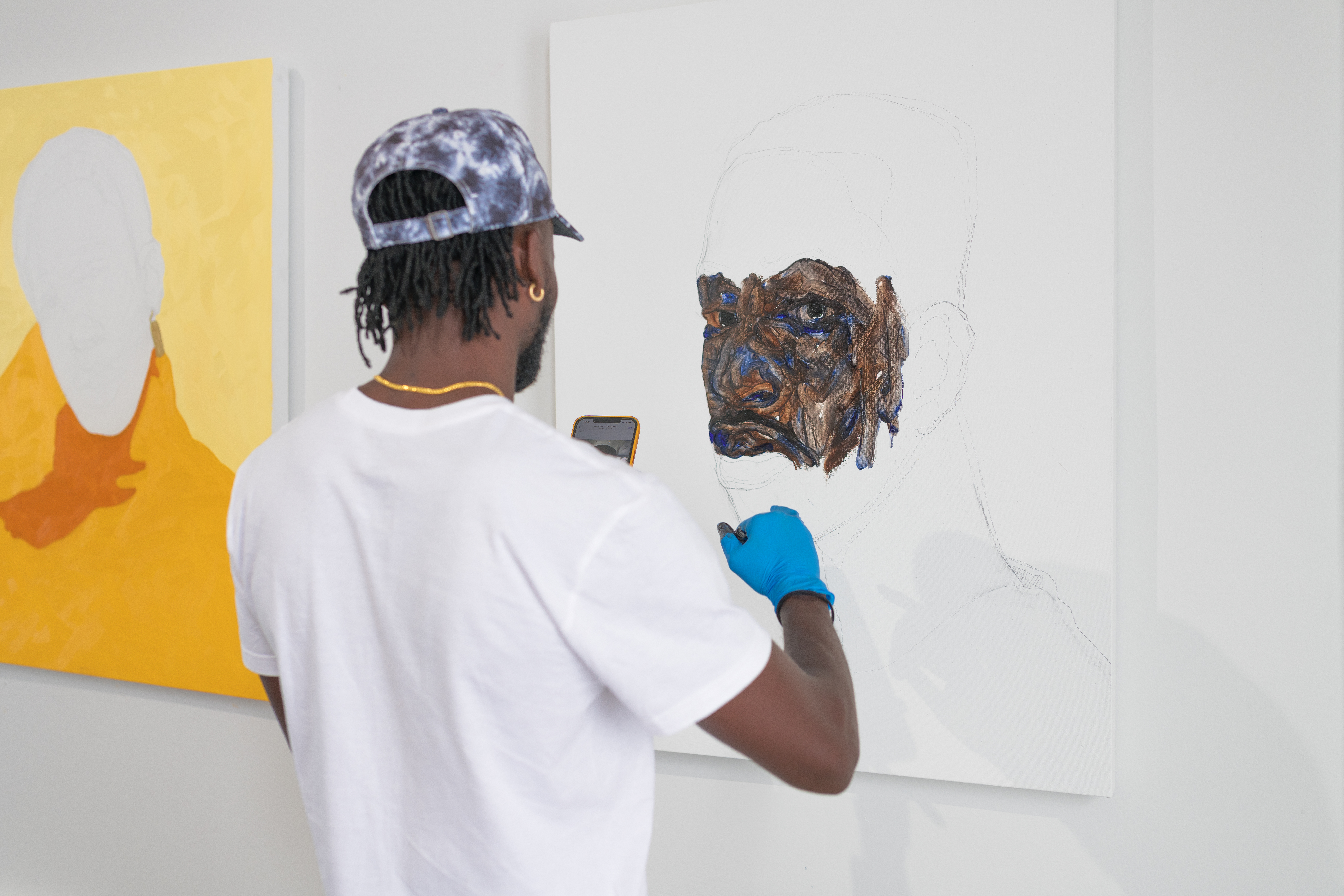
So where is everybody looking for hot new talent — before they’re unaffordable?
You go to museums. You go to alternative spaces. You go to the Studio Museum of Harlem, which is always exhibiting the most interesting up-and-coming African-American or artists from the African diaspora. You go to White Columns, in Manhattan, which is always showing really interesting artists. You can go to benefit auctions, which are events where a new collector can buy a piece very easily, for fair prices.
My main suggestion is find the places that have the very best work, and then try to see if there’s any work that you find interesting, even if it’s out of your price range. Then see what else [those artists] are discovering and finding interesting. Look at their Instagram feed and see what it is they’re liking, what they’re taking pictures of, who they’re following. It’s the same thing I do. It doesn’t cost any money to do research.
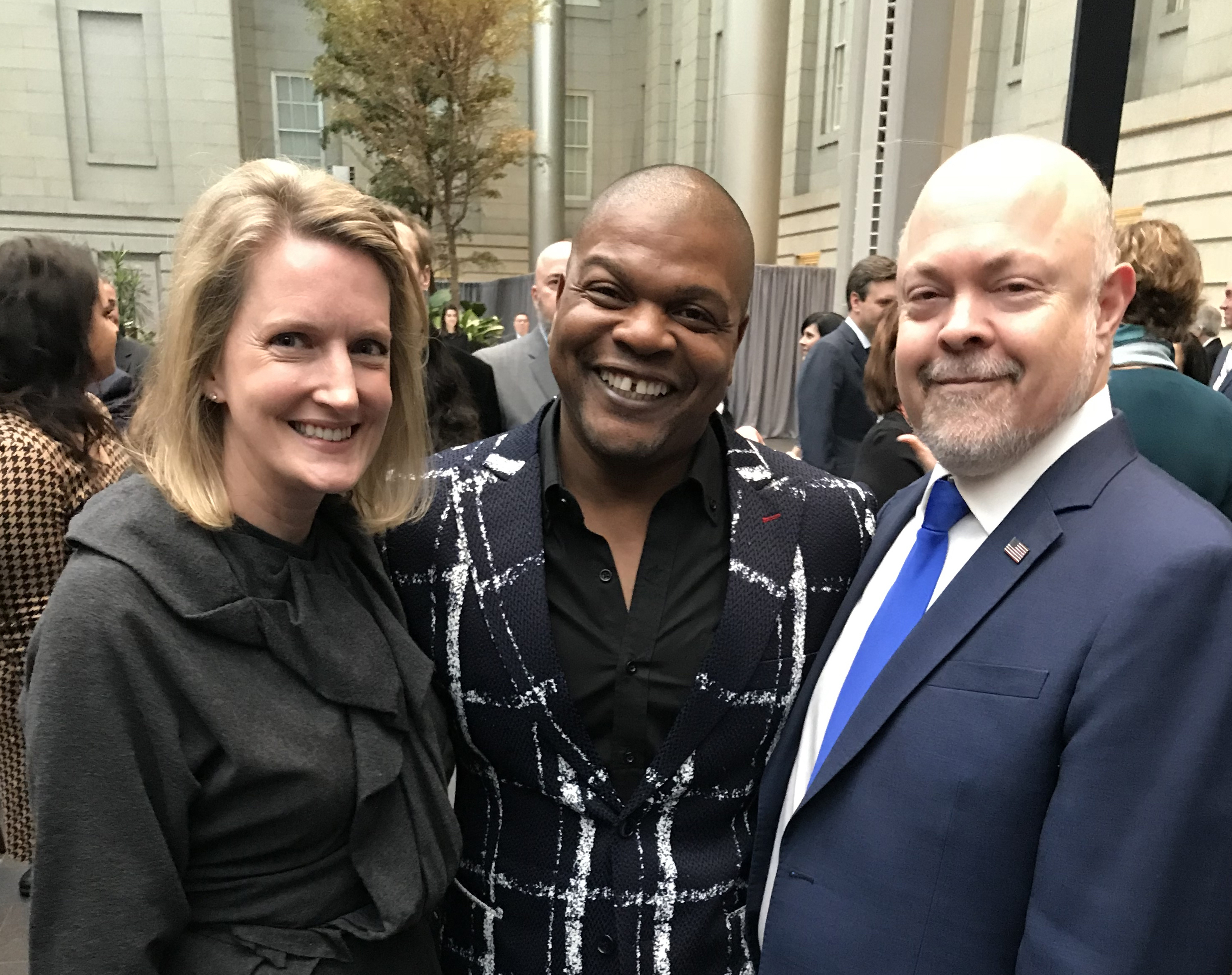
What exactly do you do when you see an artist you like on Instagram? You would just direct message them, right? Start liking their posts, initiate a conversation?
Yep. And if they don’t respond, you move on to the next person — but in most cases, artists love when they’re responded to. There are some huge artists now, who are extremely, internationally important, who started their entire career with 50 pieces or more on Instagram — all before ever even having a “real” international gallery. Amoako Boafo is the perfect example of that. Kehinde Wiley brought him to our attention after he discovered him on Instagram. We not only respect Kehinde’s eye, and his talent, but also his recommendation. So we decided that we would take a chance on him. He’s now one of the most desirable and most influential African artists in the world today.
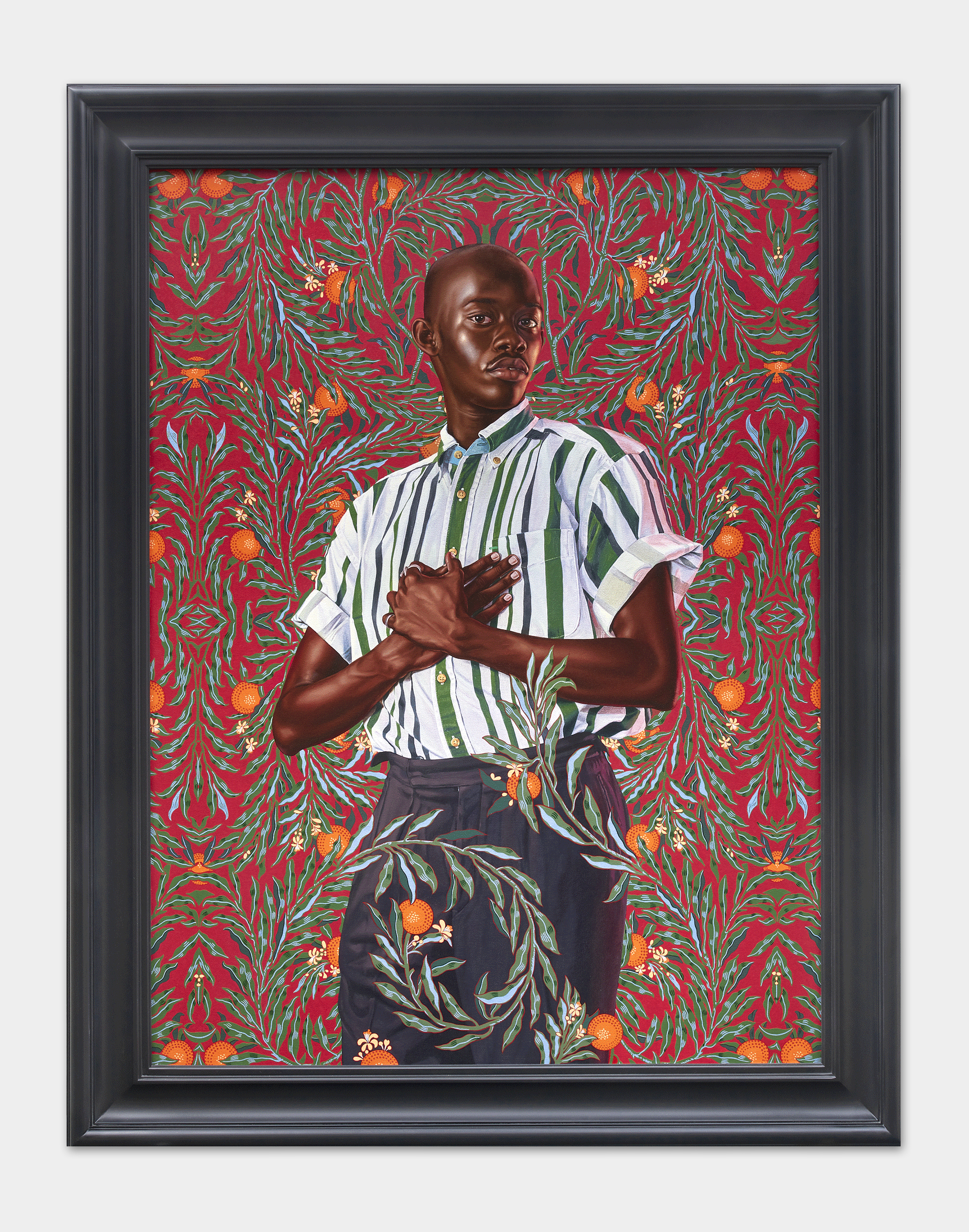
Do you think that this digital environment makes for “better” art, since artists can maybe follow their noses better, outside academic art programs?
I actually think the greatest art can come from anywhere. The art world is a treasure hunt. That’s why you have to start. You have to start looking at all the things — you create your own map; you create your own kind of treasure map to find work that is going to enrich your life, and enrich how you see the world. These are the most important reasons to collect. And then if you end up with a hot artist, well, that’s terrific. Everyone enjoys that. And everyone enjoys finding someone that the world decides is important.
It’s hard to know where the next thing is. That’s my job — keeping an eye on where the interests of the world are headed. Our world always reflects what’s happening in the real world, whether it’s war or the Roaring Twenties or the Machine Age. All these different things. Now we have the Computer Age and all these NFTs. [The art world] always reflects the world we live in.
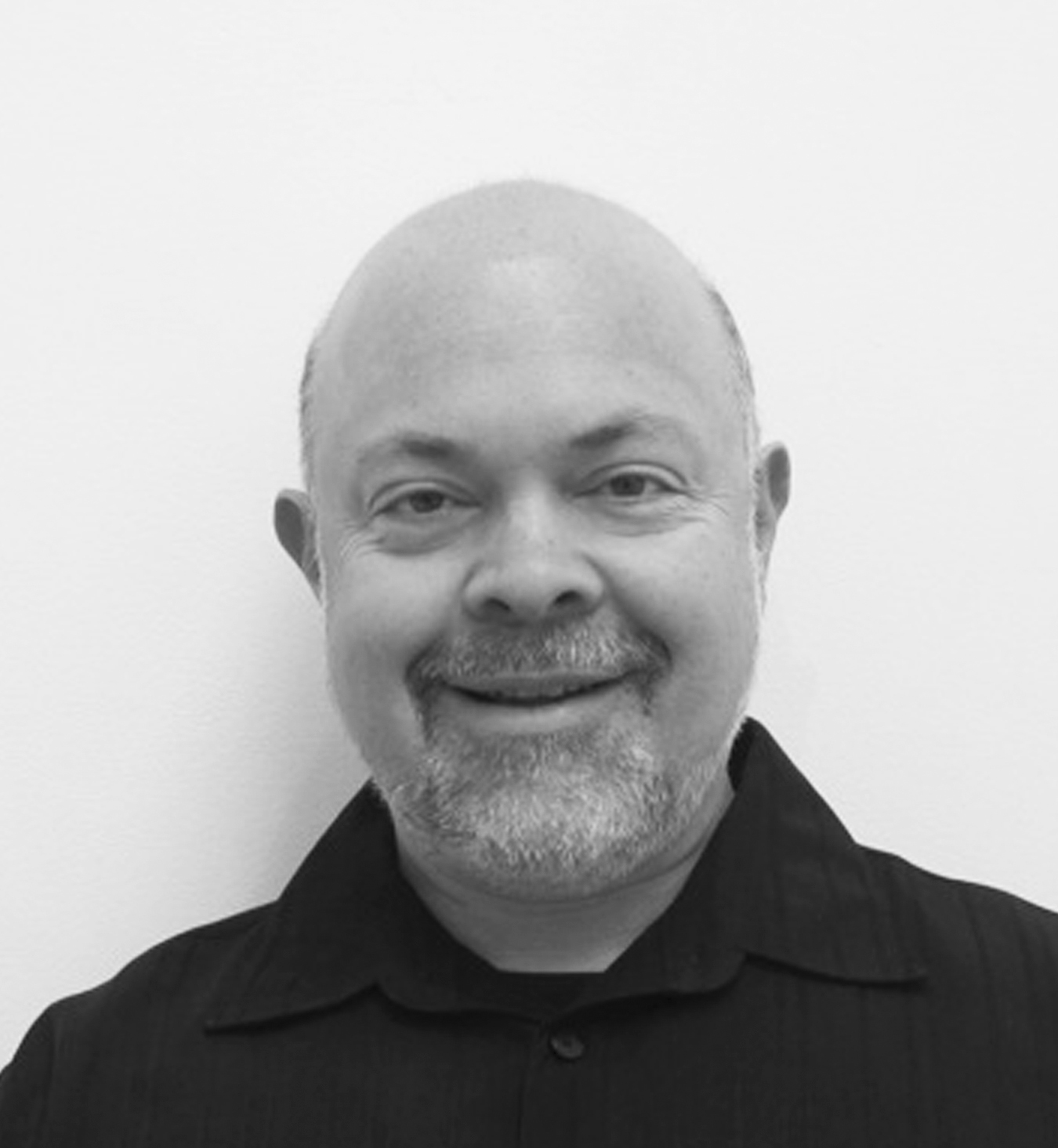
What’s your take on NFTs?
For me, it’s more of a money grab. I think that it will find its place and be very important many years down the line. For now, though, take Beeple — how can something that doesn’t even have a physical presence be worth $63 million? That’s a system I’m going to stay far away from.
I do think there are elements to NFTs that are really important to the art world. But the act of selling a non-product — and then having that value go up? That really is a shell game.
This article was featured in the InsideHook LA newsletter. Sign up now for more from the Southland.
